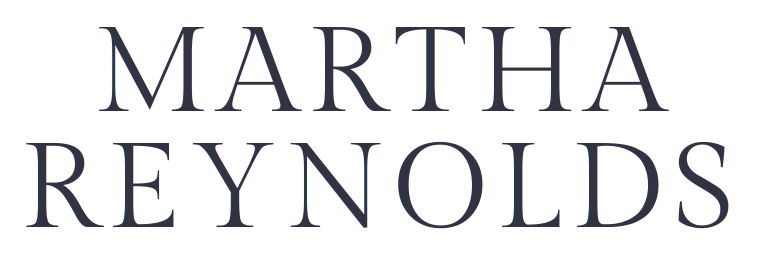Paris Between the Wars - "X" is for Xenophobia
 Between 1919 and 1939, Paris experienced a cultural and intellectual boom. This blog will feature artists, writers, composers, musicians, and designers. Paris was at its cultural peak.
Between 1919 and 1939, Paris experienced a cultural and intellectual boom. This blog will feature artists, writers, composers, musicians, and designers. Paris was at its cultural peak.
Xenophobia: n., fear and hatred of strangers or foreigners or of anything that is strange or foreign
After the end of World War I (1918), immigration to France was encouraged. The country had lost thousands of men to the war, and able-bodied workers were needed. Paris became a safe haven for immigrants. The 1920s was a time of governmental tolerance too: in 1927 naturalization procedures were relaxed and many immigrants became French citizens – 270,000 between 1927 and 1930 alone.While the "Roaring Twenties" saw prosperity and the tremendous influx of artists to Paris (as depicted in these blog posts), the 1930s was a period that brought about the end of tolerance and freedom of immigration, especially for Jews. The Depression changed this tolerant atmosphere. Rising unemployment and the influx of Jewish and Eastern European refugees revived old prejudices. Antisemitism resumed a prominent place in political discourse. And, with the invasion of Paris by German forces, many of the Jewish artists who contributed so greatly to Parisian life fled to Switzerland, Israel, or America.
